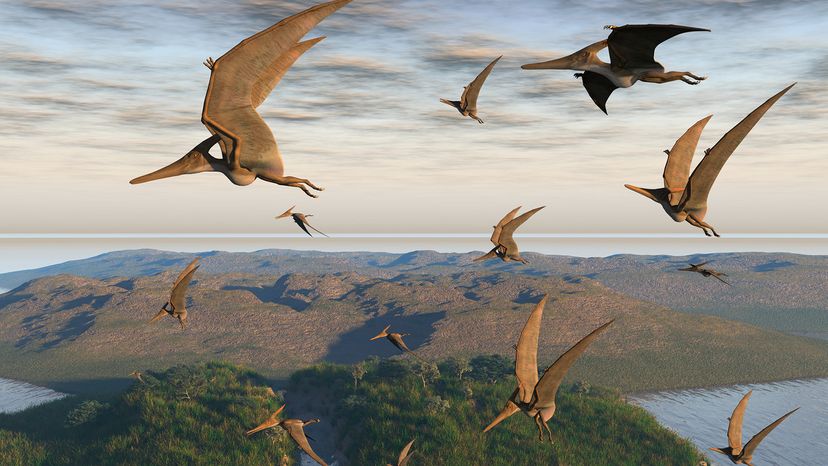
It can be fun to imagine what it was like when dinosaurs were alive on Earth, lurking under the water, defending their territories on land and soaring through the sky. But wait, that imaginary scenario is technically inaccurate. As it turns out, there were no flying dinosaurs, only flying reptiles.
This is a common misunderstanding, as the average person doesn't know the difference between dinosaurs and pterosaurs, or the name experts use when referring to these flying creatures. Long before modern birds arrived on the scene, these flying reptiles evolved separately from dinosaurs, on their own branch of the reptile family tree, and went on to dominate the skies.
Advertisement
What were pterosaurs like? Here are seven flying reptiles that continue to fascinate dinosaur hunters and paleontologists.